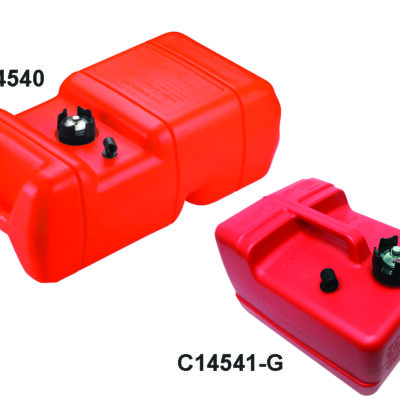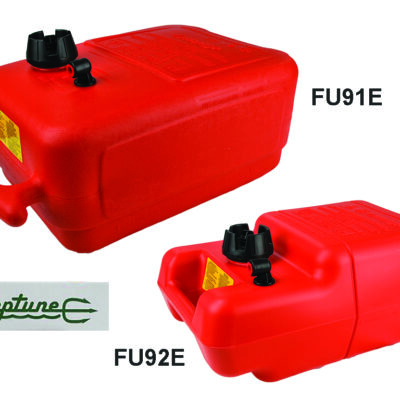Description
Tanks which are vented to the atmosphere emit hydrocarbons. Currently in NZ most fuel tanks are open vented to the atmosphere. The USA EPA require that emissions be controlled by either a carbon canister or a sealed pressure system. OEM boat builders exporting to the USA are already complying with the requisite regulations.
The most common method in boats uses a canister and is referred to as an open system. The sealed pressure relief system uses a valve, similar to how a hot water system works.
Diurnal emissions are a form of evaporative emissions that occur when fluctuations in ambient temperatures over the course of a day cause fuel tanks to release fuel vapours. Diurnal emissions also occur when the engine is not operating.
In a canister system, the vapours flow through the tank during a diurnal cycle, dropping hydrocarbons in the canister on the way out. The idea is that the hydrocarbons will stay put and be picked up by the incoming flow and put back into the system, where they will be burned up in the combustion cycle of the engine.
The canister system has the advantage that the fuel is never under pressure and similar systems have been used in the motor vehicle industry for decades.
Tenob are already supplying canister systems to NZ boat exporters. We have a wide range of parts and a good knowledge of the engineering required, including stocking 3 popular canister sizes. Larger options are available to order.
Please contact us any time, we are happy to help specify a system for your needs.









